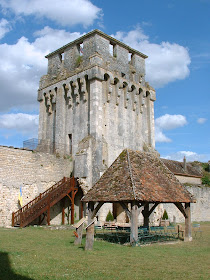


Agrandir le plan
Shortened history of the castle:
A first castle was built in 1424 by the lordship Guillaume de Braquemont. This triangular castle was in the following years largely expanded and strengthened by his descendants.
By 1549, the small principality of Sedan had made its way through fierce battles in the surroundings by its ideal location: halfway between the French Kingdom and the Holy Roman Empire.
But exactly one century later, one of the princes of Sedan was involved in a conspiracy and, to save his head, gave Sedan to the French. After that date, the castle remained a military bastion but quite unused because of its too central position in the country.
The castle of Sedan is today considered as the biggest european castle with a surface of 35.000sqm².
Opening times and additionnal information:
- Opening times
From September to June: 10am-12am & 1.30pm-5pm
July & August: 10am-6pm
Castle closed on 25th of December and 1st of January
- Prices
Adults: 7,50 Eur
Children & Students: 6,50 Eur
Family Ticket (2 adults and minimum 3 children): 26 Eur
- Anecdote: in 1962, the Town Council had to decide what to do with this castl which was falling into ruins (the French army was gone since the 1930s but still the owner). The city bought it for for one symbolic Franc (former French money) and voted, by one vote, not to destroy it...















































